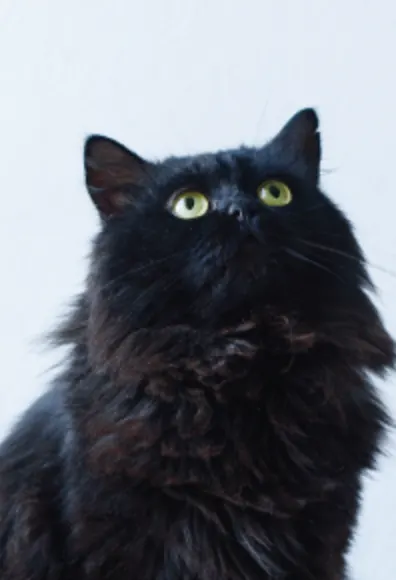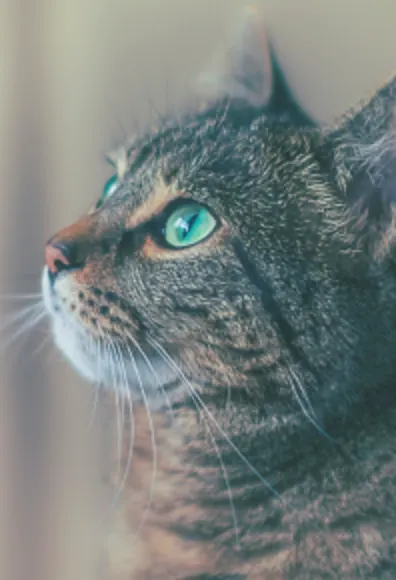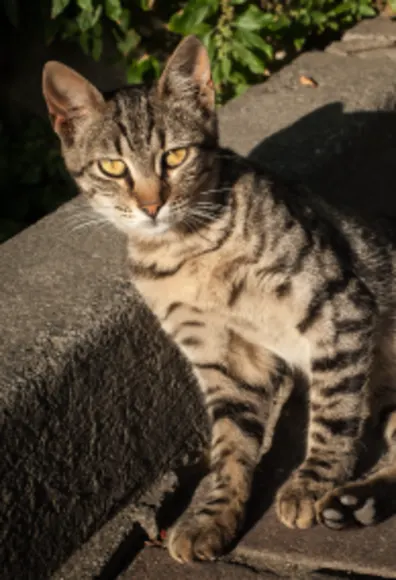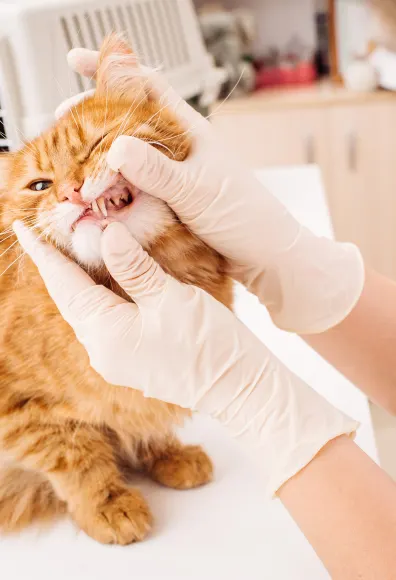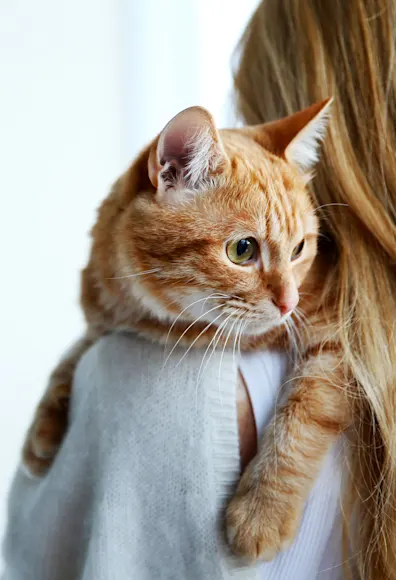Skip NavigationSkip to Primary Content
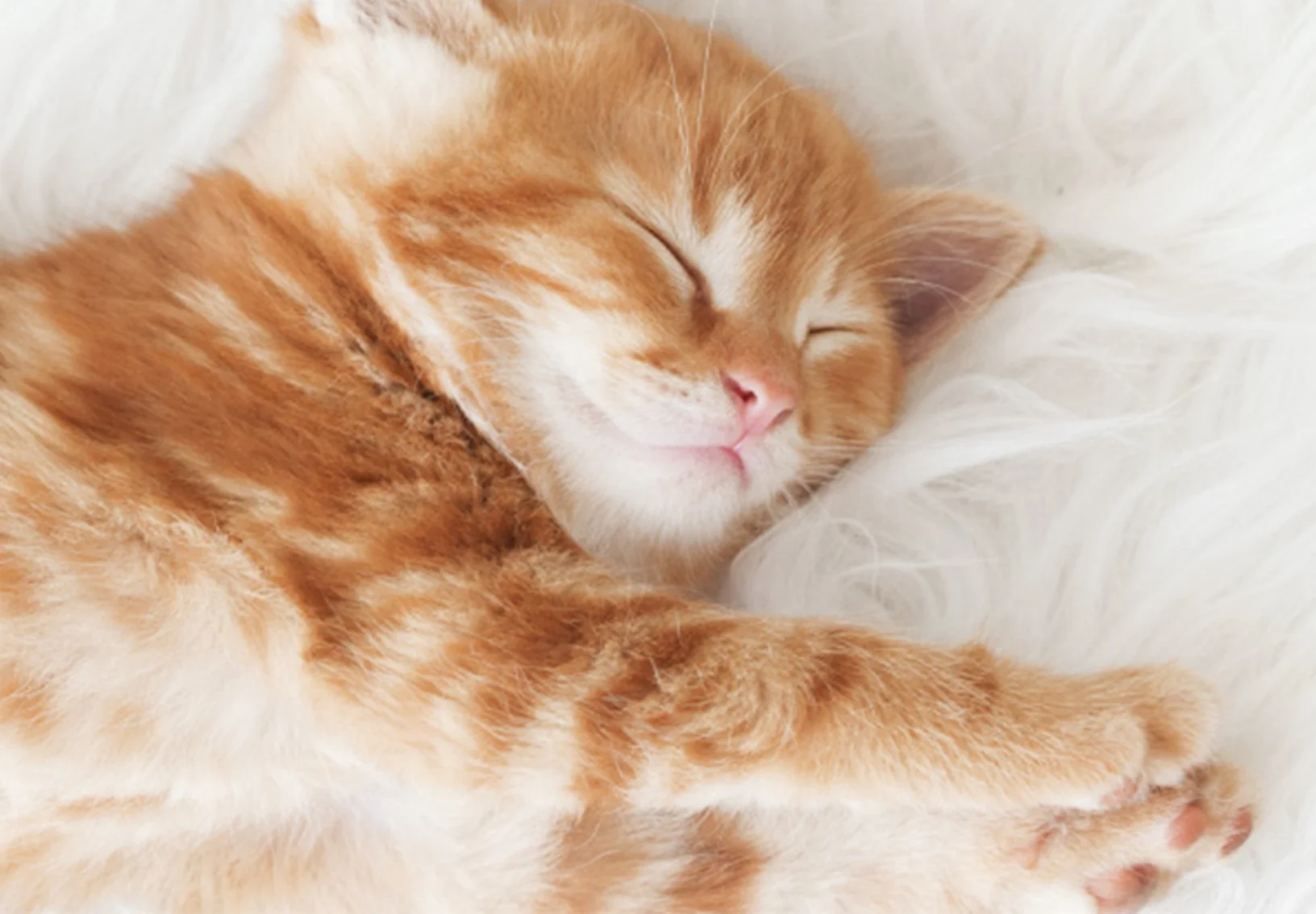
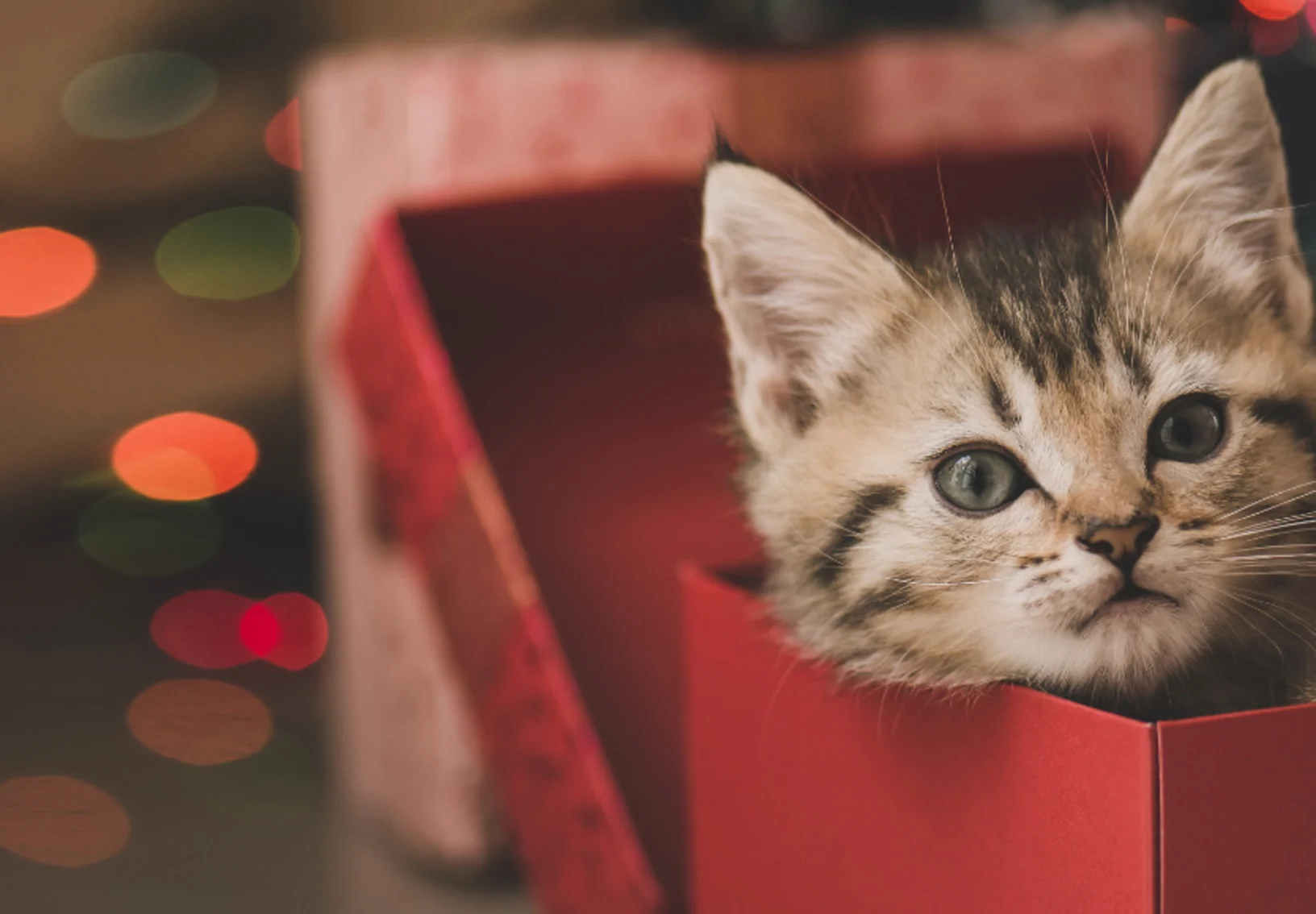
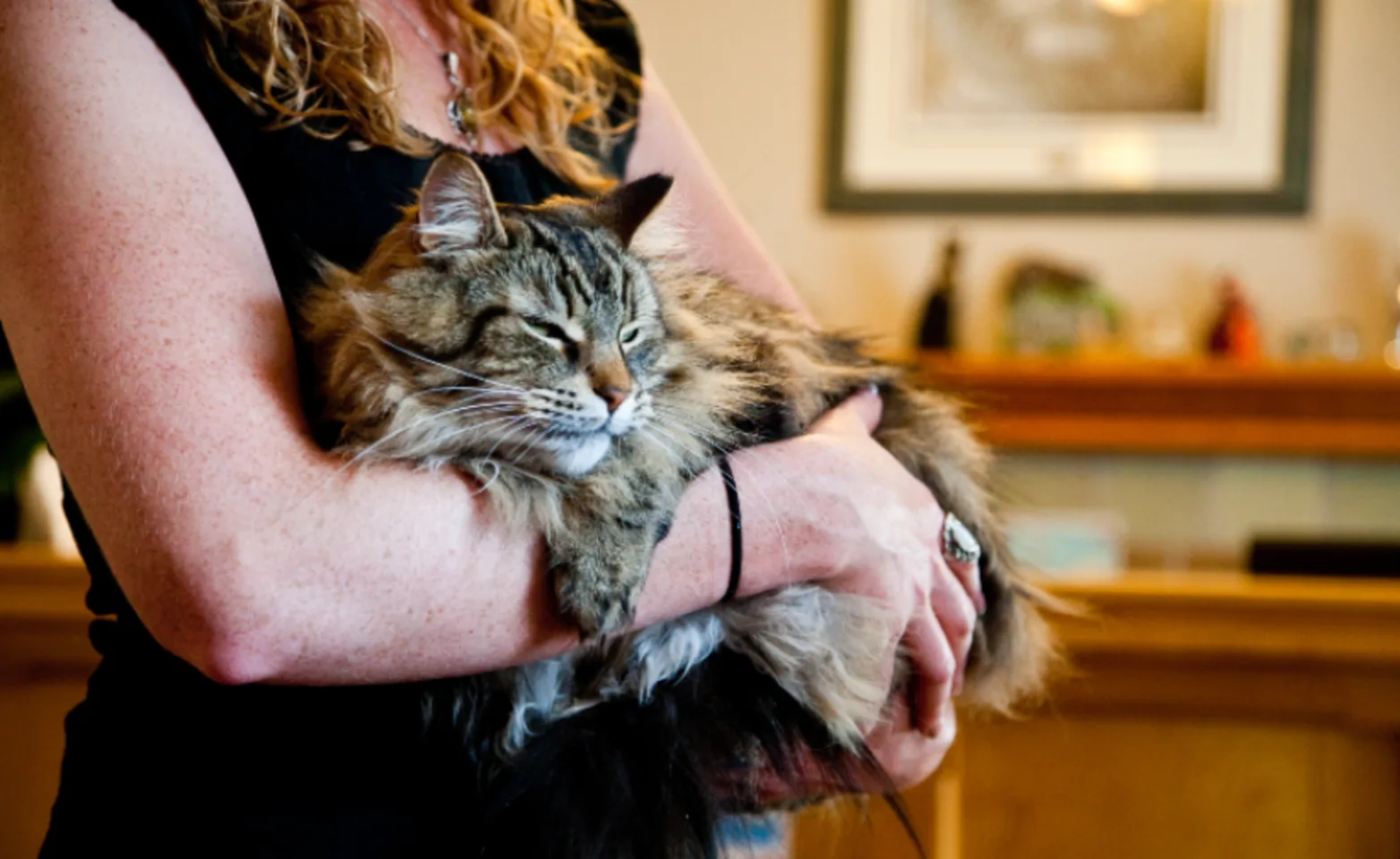
We Strive For Comfort
With an extensive experience in veterinary medicine, our dedicated team members in both our locations keep pace with the latest in feline medicine and surgery. Not only have we created an environment where the clinic is AAFP Cat Friendly Gold Certified Practice but we have team members who have completed the Fear Free Certification Program, Low Stress Handling Certification, and most of the team has completed the individual AAFP Cat Friendly Certificate Program. We love cats and we want to do everything we can to make them feel comfortable when they come and see us.
